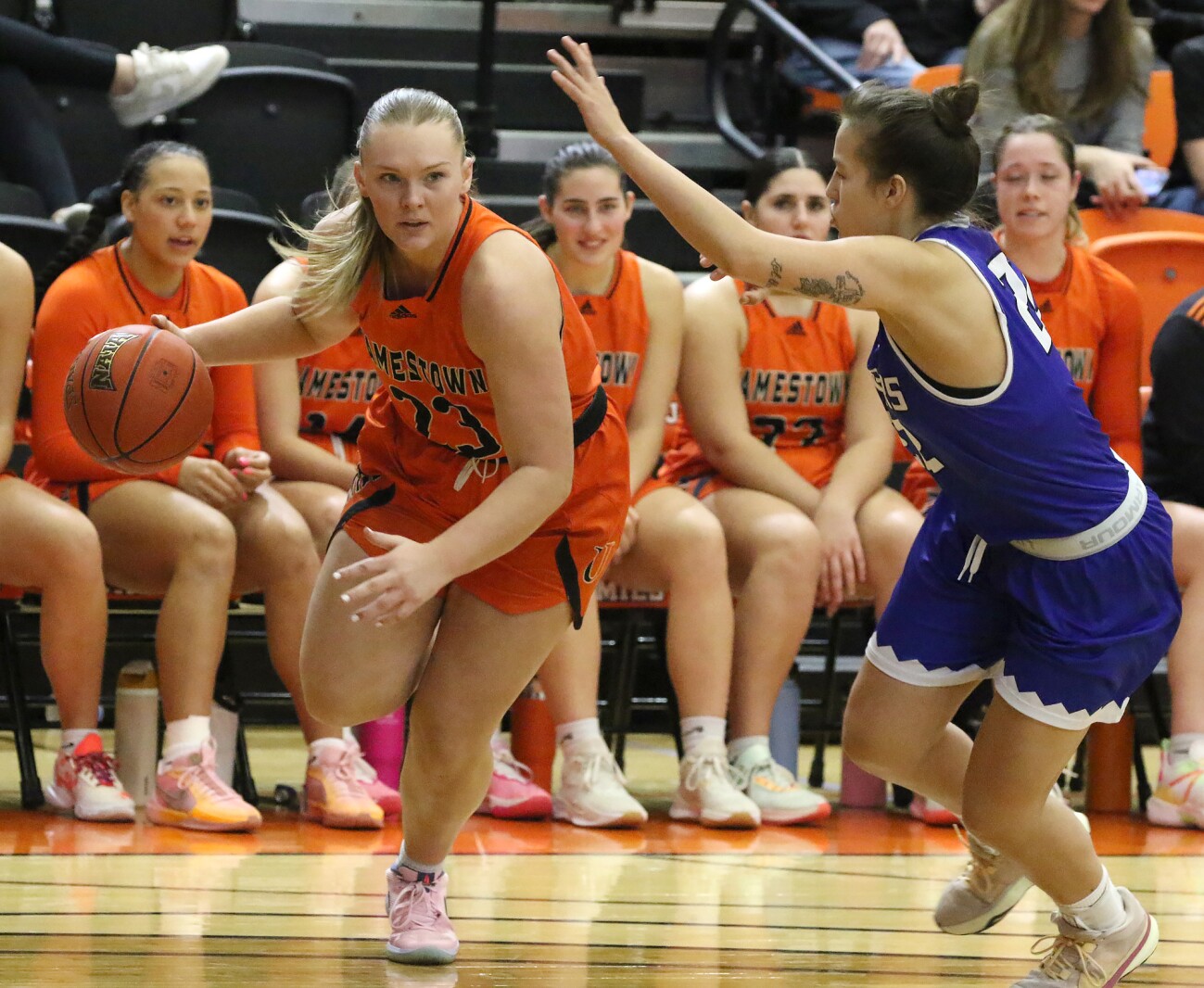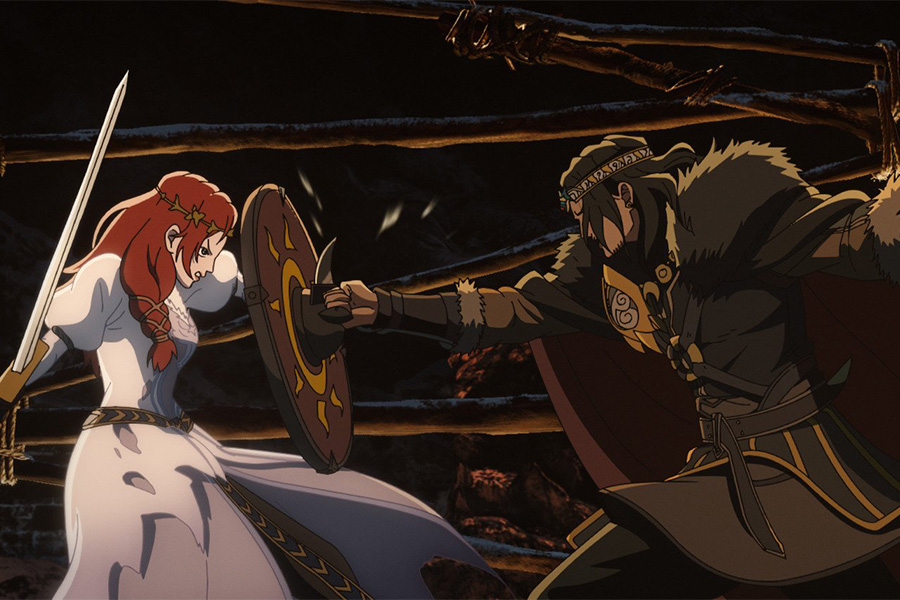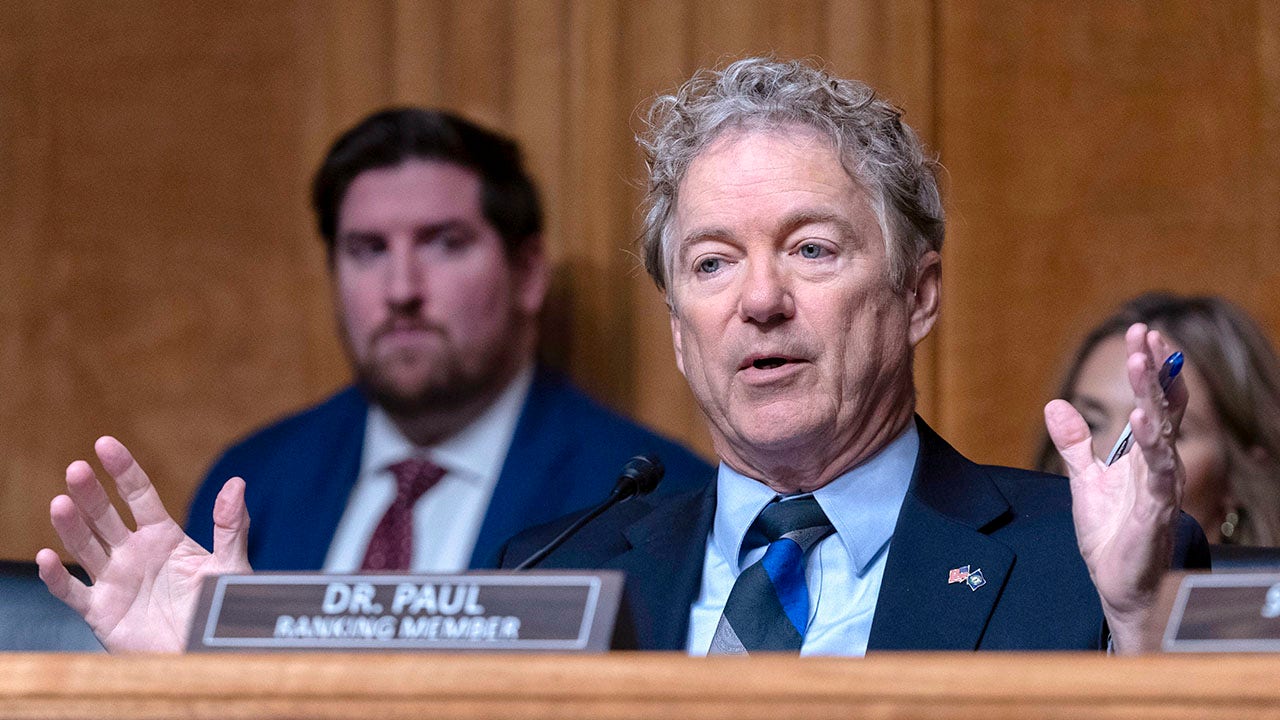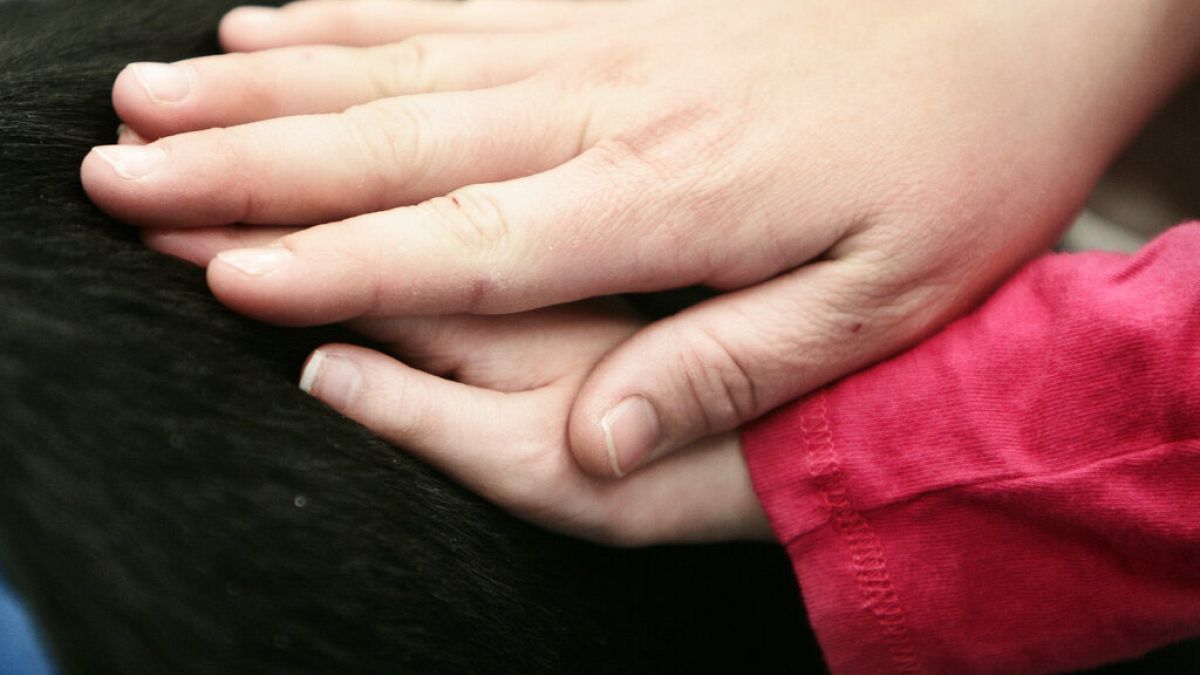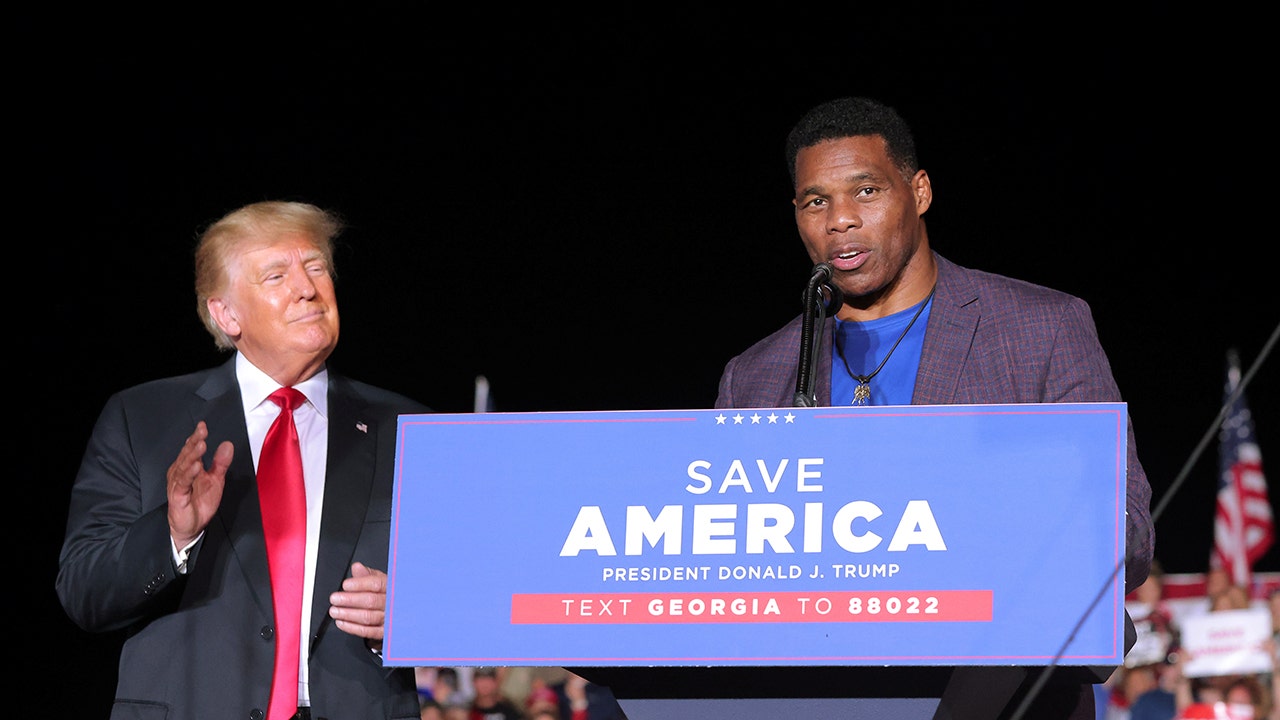North Dakota
North Dakota higher ed leaders look for ways to match Minnesota’s free tuition program

DICKINSON, N.D. — Higher education leaders and university presidents are laying out reasons why North Dakota lawmakers should respond to the Minnesota program offering income-based free tuition to thousands of students.
One state senator is also offering a draft proposal of a plan that he said could help institutions hurt by the Minnesota program and boost North Dakota’s workforce at the same time.
Stakeholders spoke at the meeting of the interim legislative higher education committee in Dickinson on Wednesday, Aug. 2.
They’re hoping for a plan to blunt the effect of the North Star Promise program that they fear will lure Minnesota students already enrolled in North Dakota colleges and universities and those planning to attend North Dakota schools in the future.
The North Star Promise program will provide free tuition to students from Minnesota families with annual incomes of less than $80,000, with applications starting in fall of 2024.
Some fear the effects could even be felt as soon as this fall, as students make future plans.
Schools on the eastern side of the state, closest to Minnesota, are expected to feel the biggest impacts of North Star Promise, including North Dakota State University in Fargo, University of North Dakota in Grand Forks, Mayville State University, Valley City State University and North Dakota State College of Science in Wahpeton.
Data indicates North Dakota State University is the top out-of-state institution for all first-year Minnesota college students.
In the fall of 2020, they made up 52% of the first-year class at NDSU, said Laura Oster-Aaland, NDSU vice provost for student affairs and enrollment management.
If half of qualifying students chose to stay in Minnesota for free tuition, NDSU could lose 365 students a year at a cost of about $6.5 million in tuition and fees alone, she said.
NDSU President Dave Cook told the committee the colleges and universities are hoping to get help.
“We’re hoping to work with you to solve a pretty difficult situation,” he said.
VCSU President Alan LaFave said while the impact of Minnesota’s free tuition might be lesser on his campus, more than 60 VCSU students from Minnesota could meet the income threshold for North Star Promise.
If half of them chose to leave, VCSU would incur a nearly $700,000 annual loss, he said.
LaFave said there could also be negative consequences to North Dakota’s workforce as a result.
Of the Minnesota students who graduate from VCSU, about 40% choose to stay in North Dakota afterward to work. Of those, 75% take teaching jobs in North Dakota, LaFave said.
UND President Andrew Armacost said when looking at enrollment trends, it’s clear this is a long term issue.
“We need to position ourselves smartly not just by reacting to what we’re seeing across the border, but anticipating what the challenges will be across a long period of time,” Armacost said.
Democratic Sen. Tim Mathern, of Fargo, said he drafted a bill for a proposed Dakota Promise plan, a forgivable student loan program that would cost $17 million and could be considered in the next legislative session.
“If we wanted to have a special session or some other issues came up, we could start this earlier,” Mathern said.
The program would have the same $80,000 family income threshold as Minnesota’s plan and would cover tuition and fees left after state and federal grants and institutional scholarships were applied.
The tuition benefit would come in the form of a loan issued by the Bank of North Dakota, Mathern said, and would be forgiven if the graduate chooses to stay and work in the state.
For example, 20% would be forgiven for each year of employment, with the loan obligation eliminated after five years of employment in North Dakota.
Another feature of the draft bill is an income tax reduction for businesses that choose to pay tuition for their employees attending a North Dakota college or university.
“The goal is not only to educate students, but to retain them to address the workforce needs we have in North Dakota,” Mathern said.
The interim legislative higher education committee took no formal action.
North Dakota is one of four states in which the legislature meets biennially in odd-numbered years.
Barring a special session, lawmakers will next convene in January 2025.

North Dakota
How to watch: No. 6 Alabama at North Dakota
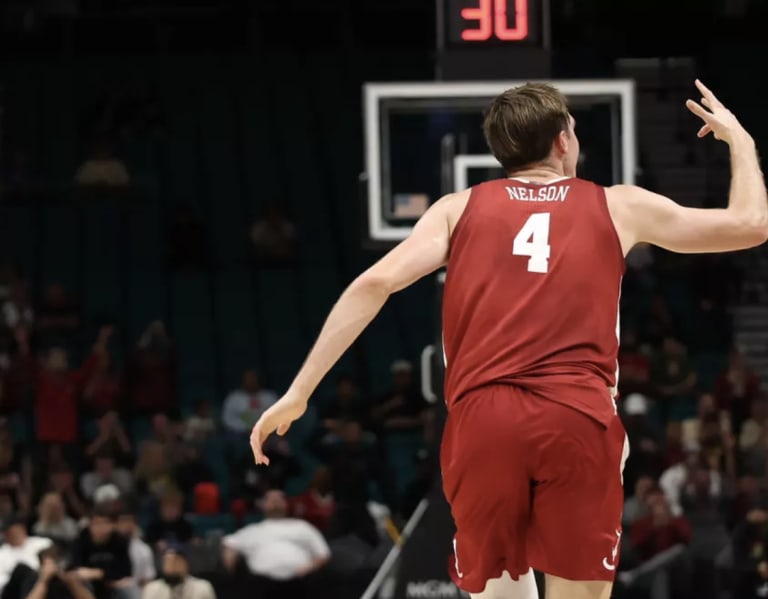
How to watch: No. 6 Alabama at North Dakota
After surviving the gauntlet stretch of its non-conference schedule, No. 6 Alabama will hope a chilly trip to the Great Plains won’t cool down its recent run. North Dakota native Grant Nelson will get a homecoming game as the Crimson Tide travels to face North Dakota on Wednesday night. The matchup will be the first leg of a two-for-one series with the Fighting Hawks traveling to Tuscaloosa, Alabama in 2025 and 2027.
Wednesday will mark the first matchup between Alabama and UND. Nelson, on the other hand, boasts a 6-1 record against the Fighting Hawks, dating back to his time at North Dakota State. The Devils Lake, North Dakota native averaged 16.8 points and 5.28 rebounds while shooting 56% from the floor, including 10 of 21 (47.6%) from beyond the arc in those seven games. That includes his last outing against UND when he dropped 36 points and seven boards while shooting 13 of 20 from the floor.
Here’s everything you need to know about Wednesday’s game.
How to watch
Who: No. 6 Alabama (8-2) at North Dakota (4-8)
When: 8 p.m. CT, Saturday, Dec. 14
Where: Betty Engelstad Sioux Center, Grand Forks, North Dakota
Watch: CBS Sports Network (play-by-play: Alex Heinert, analyst: Shon Morris, sideline Missy Heidrick)
Listen: Crimson Tide Sports Network | SIRIUS/XM 134/201 (play-by-play: Roger Hoover, analyst: Bryan Passink)
Alabama’s projected starters
Mark Sears: 6-foot-1, 190 pounds, graduate
Stats: 17.5 ppg, 3.4 rpg, 4.0 apg, 39.0% FG, 31.8% 3-pt
Labaron Philon: 6-foot-4, 177 pounds, freshman
Stats: 11.5 ppg, 4.1 rpg, 3.8 apg, 53.5% FG, 24.0% 3-pt
Jarin Stevenson: 6-foot-11, 215 pounds, sophomore
Stats: 4.8 ppg, 3.4 rpg, 1.0 apg, 38.5% FG, 24.1% 3-pt
Grant Nelson: 6-foot-11, 230 pounds, graduate
Stats: 12.2 ppg, 8.1 rpg, 1.9 apg, 51.2% FG, 27.6% 3-pt
Clifford Omoruyi: 6-foot-11, 250 pounds, graduate
Stats: 8.1 ppg, 5.9 rpg, 0.9 apg, 71.4% FG
North Dakota’s projected starters
Eli King: 6-foot-4, 190 pounds, junior
Stats: 6.3 ppg, 5.2 rpg, 1.7 apg, 33.8% FG, 34.3% 3-pt
Mier Panoam: 6-foot-2, 200 pounds, sophomore
Stats: 11.1 ppg, 4.8 rpg, 1.8 apg, 38.6% FG, 24.0% 3-pt
Treyshen Eaglestaff: 6-foot-6, 190 pounds, junior
Stats: 18.6 ppg, 3.3 rpg, 2.2 apg, 42.4% FG, 37.1% 3-pt
Deng Mayar: 6-foot-8, 180 pounds, senior
Stats: 4.9 ppg, 4.1 rpg, 0.3 apg, 41.0% FG, 35.7% 3-pt
Amar Kulijuhov: 6-foot-8, 2225 pounds, senior
Stats: 11.3 ppg, 6.7 rpg, 1.4 apg, 53.4% FG
Focus for a full 40
Nate Oats knows he’ll have far more talent on the floor than his opposition on Wednesday night. The Alabama head coach even admitted as much during his Tuesday press conference. It’s hard to find a betting line for Wednesday’s matchup, but it’s safe to say the Tide is heavily favored.
While Alabama is confident about coming back from North Dakota with a win, Oats is hoping to see his team display better focus than it has at times this season. The Tide played with its food during non-conference wins against Arkansas State and McNeese State in November. Last week, it allowed Creighton to get back into the game twice before polishing off the Bluejays for an 83-75 victory. Regardless of the score Wednesday night, Oats said he wants to see his team play winning basketball for 40 minutes.
“We’ve got some guys that are really talented, want to be good, don’t quite realize the mental side of it, staying locked in on every possession to close the game,” Oats said. “We’ve got to play every possession. We can’t play the score. We’ve got to be locked in and try to get stops every possession.”
A name to know
North Dakota guard Treysen Eaglestaff leads the Summit League averaging 18.6 points per game and has recorded at least 12 points in all of his 12 starts this season. While the majority of that production has come against mid-major opposition, the 6-foot-6, 190-pound junior scored 13 points while shooting 3 of 6 from beyond the arc during a loss at Notre Dame in November.
“He’s a good shooter, can get to the rim, get to the free-throw line,” Oats said. “He’s good, and they know he’s good. They get him the ball all kinds of different ways.”
Oats said Alabama might treat Eaglestaff the way it did North Carolina guard R.J. Davis, by putting a bigger body on him. Davis scored 18 points during Alabama’s 94-79 win at North Carolina earlier this month. However, the Tide was able to hold the reigning ACC Player of the Year to 1 of 11 shooting from beyond the arc.
Game notes
— Wednesday’s matchup will feature two of the best rebounding teams in the nation. North Dakota ranks No. 8, averaging 15.08 rebounds per game. Meanwhile, Alabama ranks No. 8, averaging 30.4 defensive boards.
— Nelson currently ranks fifth in the SEC averaging 8.0 rebounds per game.
— Wednesday’s game will be a drop in competition for an Alabama team that has faced eight programs that currently rank inside KenPom’s top 100. Six of those rank inside the top 50.
— Paul Sather is in his sixth season at North Dakota. With 65 victories, he is one of eight coaches in program history to reach the 60-win mark.
— North Dakota was picked to finish sixth in the Summit League while Eaglestaff and Amar Kuljuhaovic earned First Team All-Summit League recognition.
North Dakota
Moorhead man arrested for DUI, assaulting ND State Trooper

FARGO — A Moorhead man faces multiple charges after a run in with a North Dakota Highway Patrol trooper around 4:30 p.m. on Tuesday, Dec. 17.
Oscar Lee Jr., a 44-year-old Moorhead resident, was in a vehicle with children when a North Dakota Highway Patrol trooper made contact with him in a parking lot at 2535 23rd Ave. S., in Fargo, according to a release from the North Dakota Highway Patrol.
The trooper arrested Lee Jr. for driving under the influence. When Lee Jr. was placed under arrest, he “resisted” and kicked at officers, the release said. A trooper was struck several times and went to a nearby hospital to be treated for minor injuries.
Cass County Jail
Lee Jr. was arrested for driving under the influence and driving under revocation, the release said. He was also arrested for felon resisting arrest, assault on a peace officer and terrorizing.
Lee Jr. is being held in Cass County Jail, according to the release. No charges have officially been filed, according to North Dakota Court Records.
Lee Jr. pleaded guilty to felony terrorizing and reckless endangerment in 2022 and two separate misdemeanor DUI incidents in 2024.
Our newsroom occasionally reports stories under a byline of “staff.” Often, the “staff” byline is used when rewriting basic news briefs that originate from official sources, such as a city press release about a road closure, and which require little or no reporting. At times, this byline is used when a news story includes numerous authors or when the story is formed by aggregating previously reported news from various sources. If outside sources are used, it is noted within the story.
North Dakota
New state plan targets falling reading scores in North Dakota

FARGO — Reading test scores are declining across the U.S., but North Dakota is working to reverse that trend.
The National Assessment of Educational Progress, also known as “The Nation’s Report Card,” reported a significant decline in U.S. reading scores between 2019 and 2022.
A statewide plan in North Dakota is focusing on key areas of development: Phonics, vocabulary, comprehension and oral reading fluency, or reading aloud.
It’s called “The Science of Reading in North Dakota.”
“COVID played a big role in this. We certainly went backwards after COVID, and that’s unfortunate, but I think we’re taking the correct steps to move forward now,” Nick Archuleta, president of North Dakota United, said. North Dakota United is the union of the North Dakota Education Association and the North Dakota Public Employees Association.
A recent survey by the National Literacy institute shows 21% of adults in the U.S are illiterate and 54% have a literacy rate below a sixth-grade level.
-

 Business1 week ago
Business1 week agoOpenAI's controversial Sora is finally launching today. Will it truly disrupt Hollywood?
-

 Politics5 days ago
Politics5 days agoCanadian premier threatens to cut off energy imports to US if Trump imposes tariff on country
-
/cdn.vox-cdn.com/uploads/chorus_asset/file/25782636/247422_ChatGPT_anniversary_CVirginia.jpg)
/cdn.vox-cdn.com/uploads/chorus_asset/file/25782636/247422_ChatGPT_anniversary_CVirginia.jpg) Technology6 days ago
Technology6 days agoInside the launch — and future — of ChatGPT
-
/cdn.vox-cdn.com/uploads/chorus_asset/file/25789444/1258459915.jpg)
/cdn.vox-cdn.com/uploads/chorus_asset/file/25789444/1258459915.jpg) Technology5 days ago
Technology5 days agoOpenAI cofounder Ilya Sutskever says the way AI is built is about to change
-

 Politics5 days ago
Politics5 days agoU.S. Supreme Court will decide if oil industry may sue to block California's zero-emissions goal
-
/cdn.vox-cdn.com/uploads/chorus_asset/file/25546252/STK169_Mark_Zuckerburg_CVIRGINIA_D.jpg)
/cdn.vox-cdn.com/uploads/chorus_asset/file/25546252/STK169_Mark_Zuckerburg_CVIRGINIA_D.jpg) Technology5 days ago
Technology5 days agoMeta asks the US government to block OpenAI’s switch to a for-profit
-

 Politics6 days ago
Politics6 days agoConservative group debuts major ad buy in key senators' states as 'soft appeal' for Hegseth, Gabbard, Patel
-

 Business3 days ago
Business3 days agoFreddie Freeman's World Series walk-off grand slam baseball sells at auction for $1.56 million



